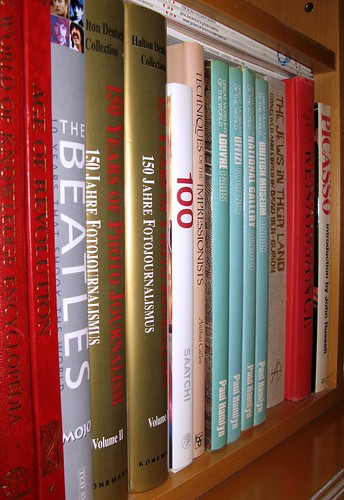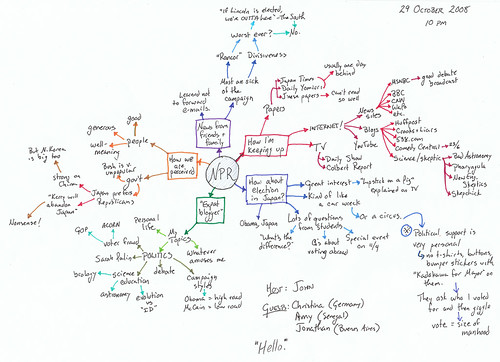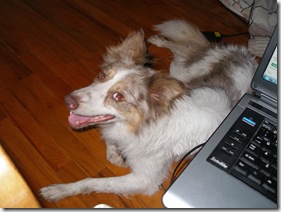
I’ve written about titles before, but writing a good one is a complex enough task that it merits more discussion. For example, not many people know that there are different types of titles.
Descriptive Titles
A descriptive title announces the topic of the work clearly and succinctly. It’s the “obvious” title and generally lacks flair. Despite its lack of imaginativeness (or perhaps because of), this type of title is always appropriate and is usually expected in academic writing.
Examples:
- The Writing Approaches of University Students
- What Do People Need to Know About Writing in Order to Write in Their Jobs?
- Sociolinguistic Implications of Academic Writing
- How I Became a Famous Novelist
Suggestive Titles
A suggestive title (also known as an implicative title) is almost the exact opposite of a descriptive one. It merely hints at the topic, whereas a descriptive title boldly declares it. Creative and catchy, this is the type of title you see most often on bookstore books (the non-academic ones). Standing on their own, can you figure out what these books are about or even what genre they’re from?
Examples:
- A Plague of Secrets
- Killer Summer
- Strange Brew
- The Two Towers
Combination Titles
Just what the name implies, these titles are a combination of both descriptive and suggestive titles. In essence, you’re coming up with two titles and then stapling them together using a colon (:) or conjunction (and, or).
If you’re not limited by space restrictions, I recommend using this type of title because it’s the best of both worlds! You satisfy both the person expecting a straightforward title and the person who believes titles should be creative.
Examples:
- Tagmemics: An Introduction for Perl Developers, or “I wouldn’t Know a Tagmeme if it Bit Me on the Parse”*
- From the Personal to the Public: Conceptions of Creative Writing in Higher Education
- Utterance Unmoored: The Changing Interpretation of the Act of Writing in the European Middle Ages
Final Thoughts
When deciding on which type of title to give your work, remember the purpose of titles and keep your audience in mind. Figure out what they’re expecting to see, and then deliver it.
When it comes down to it, though, almost anything is better than “Assignment #3.”
*I found this title in graduate school and loved it so much, I hung onto the paper ever since. If interested, here’s the link to the full text.
**In order to make this post as authentic as possible, all the titles given as examples are taken from real works. If any interest you, insert it into Google to find more.
Photo credit: CanonSnapper





















